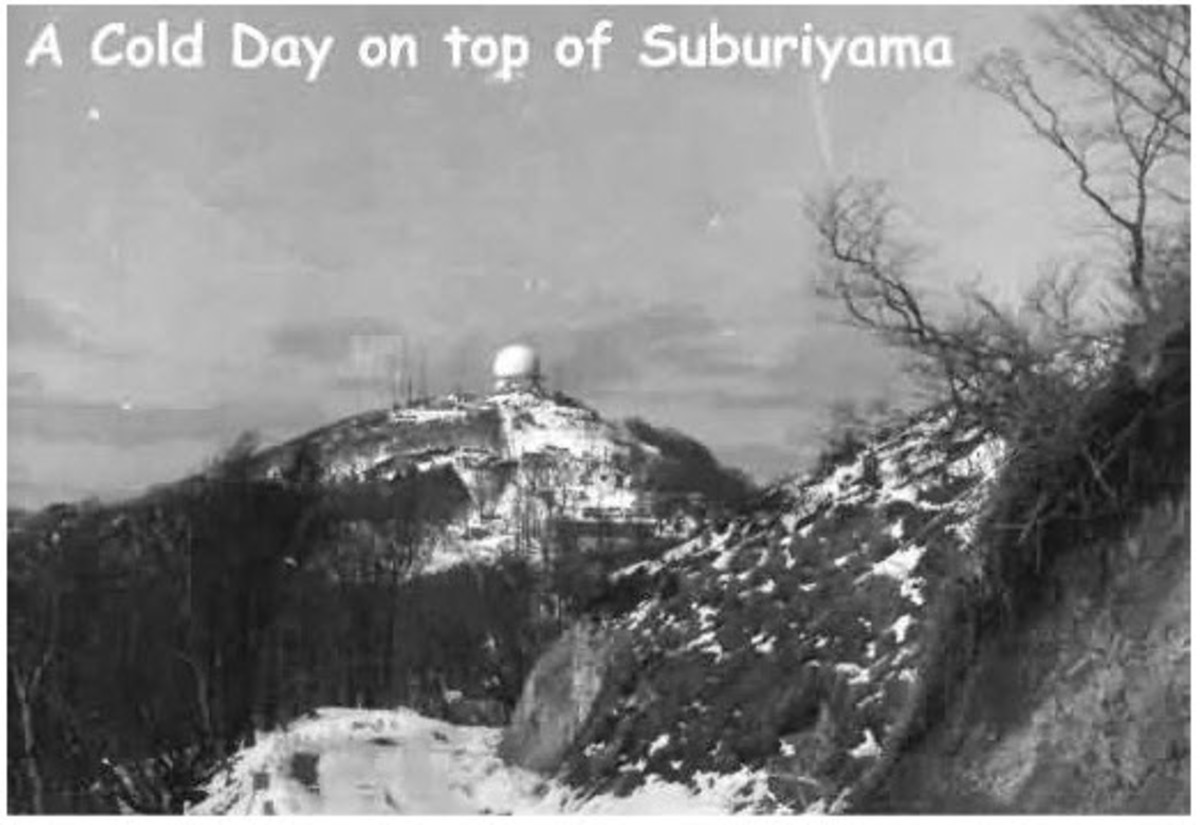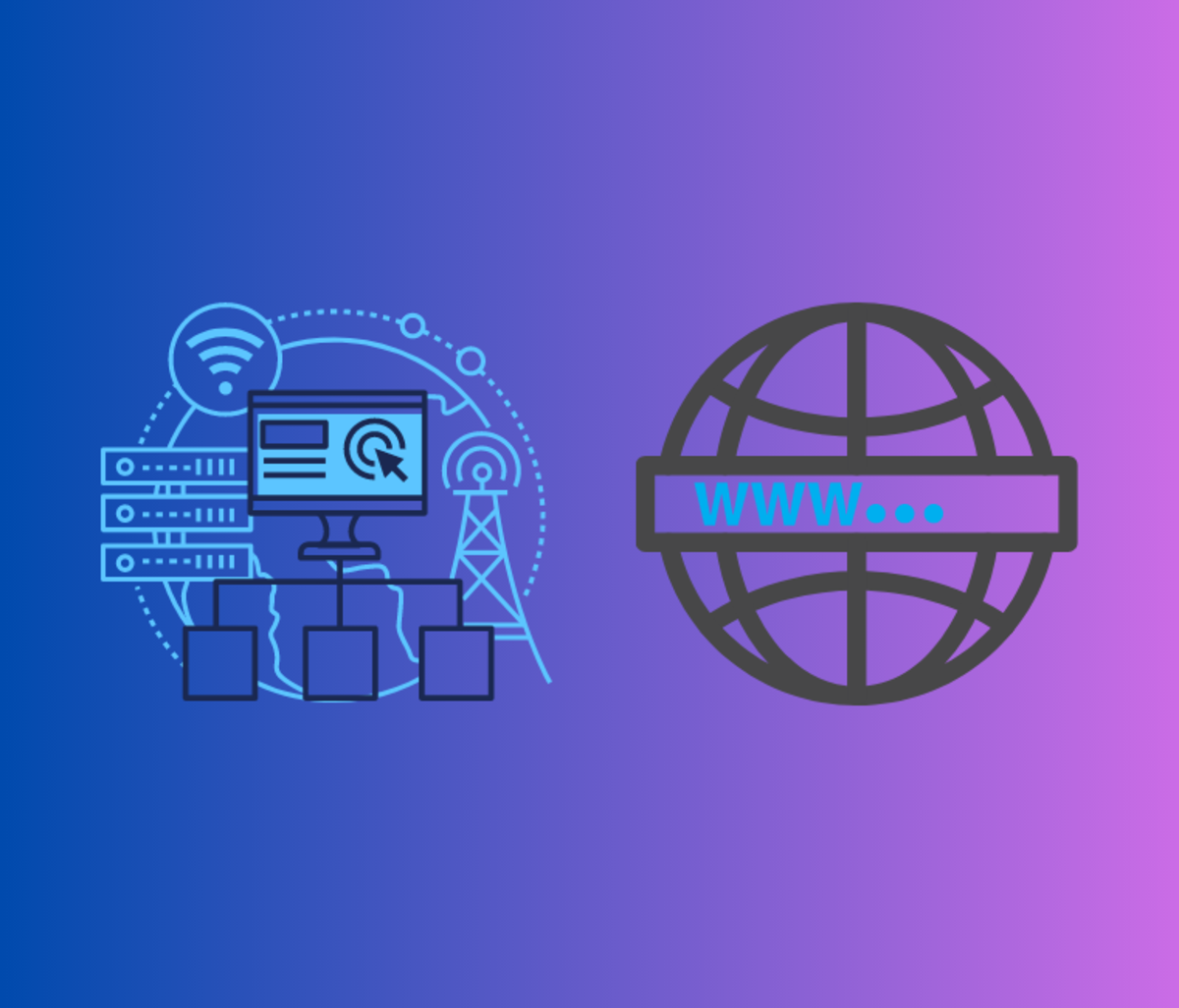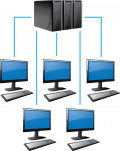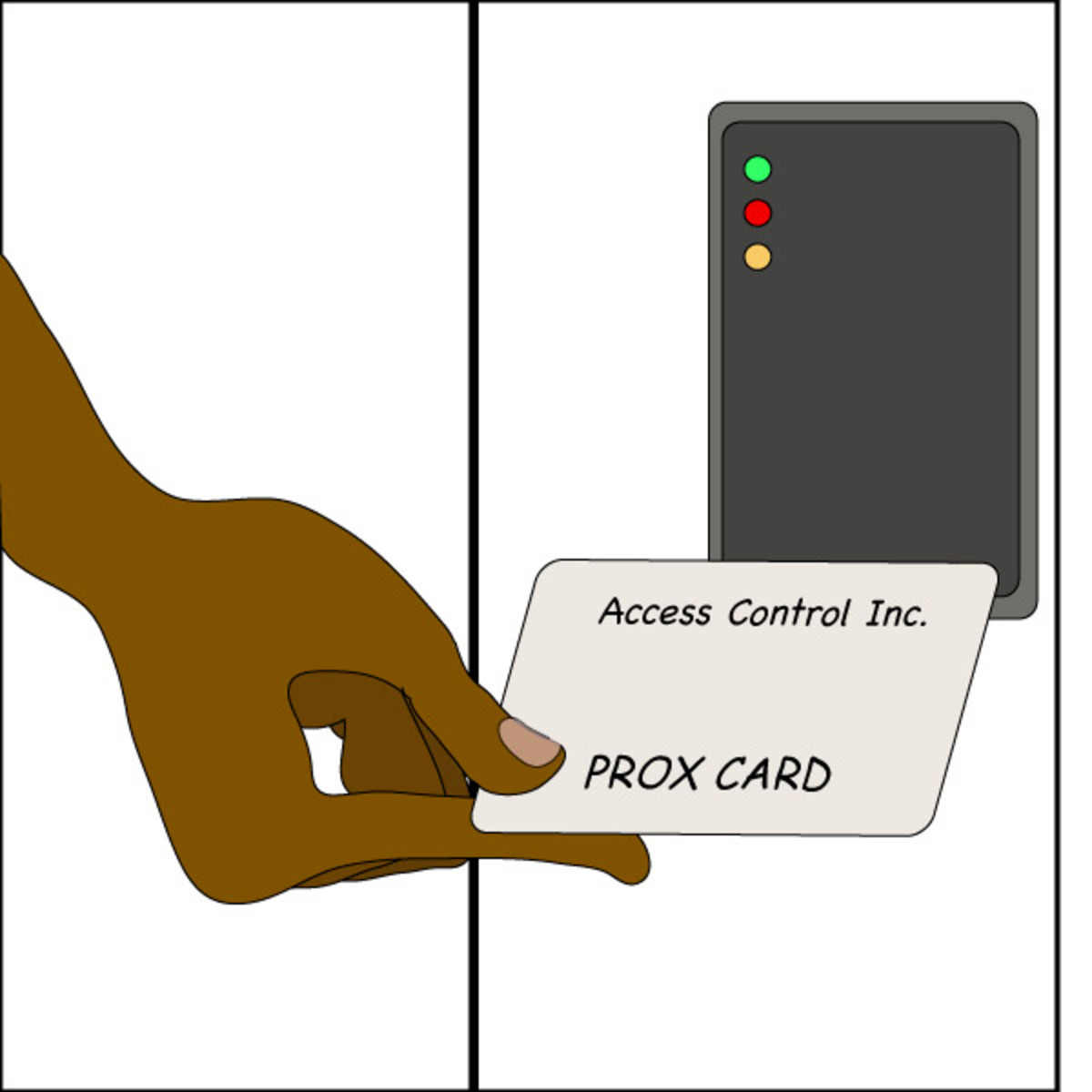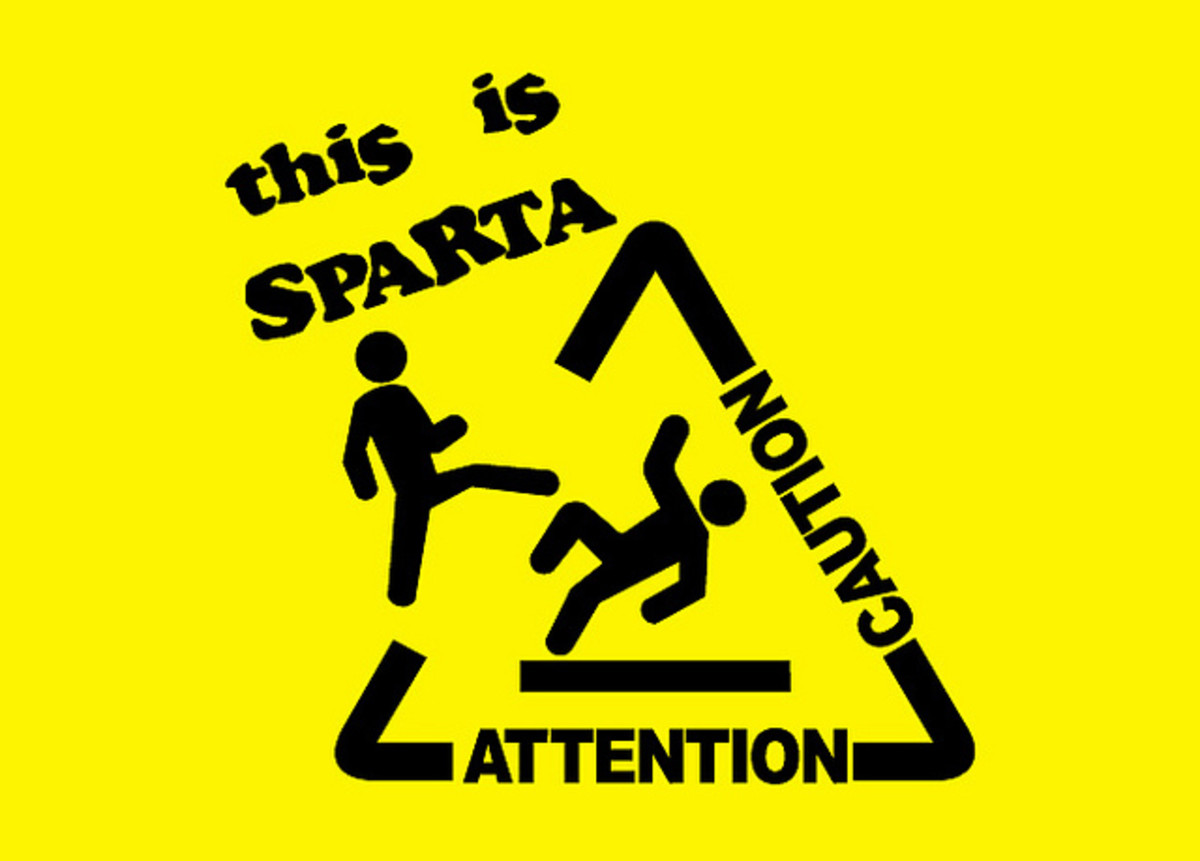The History of the Internet
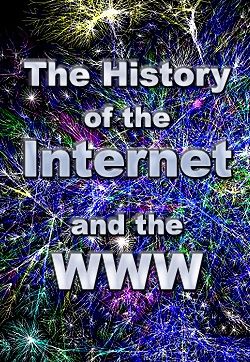
...And the Invention of the World Wide Web
You're online every day, but do you know the history of the internet?
The internet has been around for half a century. Scientists, techies and hobbyists have used computers to send files and messages back and forth for half a century, but at first there was no standard system for doing it.
On March 13, 1989, the web was born. That was when Dr. Tim Berners-Lee submitted his paper "Information Management: A Proposal" to his boss at CERN, a physics lab in Switzerland. This paper contained a simple yet powerful plan for how to organize and share information across CERN's in-house computer network. It was such a great system that people started using it across the whole internet. That system is what we now call the web.
Twenty-two years ago, I first watched a high school friend "logging on" to a computer network called USENET to check in with friends and co-write a story. That was my first glimpse of the (or a) "net." In the fall of 1989, I went to college and began communicating with friends on our college computer network. Little did we know that Tim Berners-Lee's idea was about to transform our world.
This page is a celebration of the Web's twentieth anniversary, interweaving the history of the internet with my own personal recollections of the early internet and web from 1987-1996. If you've been online for a while, I invite you to add your own internet and web memories, as we celebrate this invention that changed all our lives.

Before The World Wide Web
History and Origins of the Internert
There was no "switch-on" moment for the internet, although its roots lie in the 1960s and in ARPANET, the computer network of the U.S. Defense Department's Advanced Research Projects Agency (ARPA). ARPA was originally founded in response to Sputnik!
About that time, government and scientific agencies, college campuses, and corporations were starting to use computers more and more. Then they started connecting ("networking") individual computers to pool their processing power and exchange data. These early networks were extremely local. For example, all the computers in one laboratory might be hooked together. Or there might be a big mainframe computer with a lot of individual terminals connecting to it. More complex and powerful computers and networks were being developed every year.
Then regional networks began to develop, linking up local networks at different sites. The proto-internet was like a cave full of isolated crystals growing out from the walls until their edges touched. But these crystals weren't all using the same basic pattern, so they didn't always fit together very well.
In 1973, ARPA began a new "Internetting" project to investigate the most effective methods and technologies for transmitting data between different networks. This project developed IP (internet protocol) addresses and coined the term "internet." [Source: "A Brief History of the Internet" by Vint Cerf.]
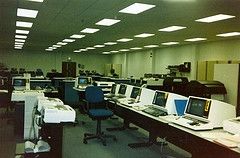
My Memories of the Pre-Web Internet
Personal History of the Internet 1987-1993
I graduated from high school exactly when the internet did: in 1989. I was busy with my studies at college, but found time to correspond with friends using early email on a big mainframe called a VAX. We had text bulletin boards that served as discussion forums, and access to IRC, Internet Relay Chat, a primitive type of chatroom organized like a bunch of truckers' CB channels. (IRC is where I was hit on by my very first internet stalker-- and he seemed like such a nice guy, in the beginning!)
We had to perform an arcane ritual to get our messages outside of Haverford/BrynMawr's local network to academic networks in other parts of the U.S. I can't remember the details, but I hadto go through a complicated process to open a connection between our network and the University of Virginia network, so that I could exchange an early form of email with a friend in Richmond.
The VAX was a grand old machine that filled a room and stored data on DEC tapes (pocket-sized tape reels). I think it was a VAX 8200, which had a whopping 128MB memory (dwarfed by many modern cellphones) and 20GB of hard storage! One of my friends, a senior, was the VAX Goddess and a computer genius who spent many late nights with the great machine babysitting it or coaxing it back to life after a crash. I remember bringing her tea when she was working the midnight shift or typing away on an original Mac at rapid speed talking to her long-distance sweetie. Some of us had personal computers, but Thida was the first person I knew with a modem and telephone connection in her dorm room. (For the nerds from those days, she was logging onto PernMUSH).
I remember my email address changing twice in college; originally, it didn't have an @ sign in it! My first email address was prefixed with BITNET% followed by my name and college, then it changed to IN%, which annoyed me because "Bitnet" sounded cool. (A bit is the smallest unit of data in a computer). In my last year of college (I think?) we finally got addresses that were in the modern form of firstletter_lastname@college.edu. I understood that these changes meant our local network was getting absorbed into bigger networks, but I didn't realize it was the last rumblings of the internet coming together! Once I had an @ email address, I was officially part of the modern internet. I should've marked the date on my calendar!

OK, We've Built the Internet -- How Do We Use It?
"You're in a Twisty Maze of UNIX Versions, All Slightly Different..."
... so went a parody of Adventure, one of the earlest computer games.
By the 1980s, networking technologies and the "internet protocols" that controlled them were allowing more and more computers and institutions to connect to each other. However, there were two major problems.
First of all, different computers had different systems for storing, organizing, and recording data. Essentially, they spoke different languages. This was in the days before everyone had Microsoft Word! So how did you get even a simple text document, written in application X on one computer, to be intelligible to a computer on another network using application Y?
In other words, the internet needed a universally recognized system to help computers understand: What is it?
More importantly, how did you find anything on the internet? Domain names came into use during the 80s, but that only told computers how to identify local networks, not the files stored on them. Unless you knew a document existed and exactly where it was located, you'd never discover it. Millions of pieces of data were scattered across the internet like a haystack made entirely of needles.
The internet needed a universally recognized system to answer the question, Where is it?
Various research labs and government programs developed answers to these two questions. But until someone came up with an efficient, easy-to-implement solution-- and more importantly, until everyone agreed to use the same solution -- internet users would have to learn and use different methods and software to log onto and use different regional and local networks hooked up by the internet.
Image credit: mconners, photo of a modern network.

The World Wide Web Is Born
Tim Berners-Lee and the WWW Breakthrough
Enter Tim Berners-Lee and his "Information Management: A Proposal" paper at CERN. Originally, he was just outlining way to organize information a big scientific lab where there was frequent turnover of researchers, contractors and students. How did anyone on the team learn about documents written before they arrived? How could they learn to use and rewrite/update the software on the lab's computers? How could they understand what was there, and where to find it?
Berners-Lee's proposal outlined a system he called a "web" that would allow people to organize and locate documents, files and pieces of information by links, just as computers and local computer networks were connecting up to form the emerging internet.
WIthin a few months, Berners-Lee had solved the "Where is it?" and "What is it?" problems. He invented the Universal Resource Locator (URL) system for identifying where files were and retrieving them (http, hypertext transfer protocol). And he invented HTML, hypertext markup language, which "marked" documents with codes or "tags" to identify their parts: headers, paragraphs, lists, images, and most importantly, links which connected to other documents.
In 1990, assisted by Robert Cailliau and a team of students at CERN, Berners-Lee designed and tested his original "World Wide Web Browser," which could find (and edit) pages stored by URLs and display pages "marked" with HTML codes. He also programmed the first web server -- a program for storing webpages and "serving" them to any computers on the internet -- and the first website, which came online on August 6th, 1991 [Source: About.com].
Image credit: Silvio Tanaka, Photo of Tim Berners-Lee. Creative Commons, Some Rights Reserved.
Spotlight: "Weaving the Web" by Dr. Berners-Lee - Learn How the Web Began from the Inventor of the World Wide Web!

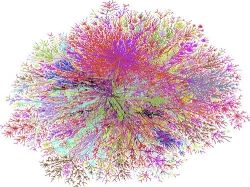
The Web Catches On
A Great Idea at the Right Time
The idea caught fire, partly because it combined several fundamental concepts that were already in wide circulation in the computer world: hyperlinks (hand-coded links between documents), domain names and text markup (there were other markup languages before HTML, but it was particularly simple and easy to use). Another factor was Dr. Berners-Lee's insistence that the design and codes used by the World Wide Web be royalty-free, so that networks could adopt universal standards without having to pay their inventor(s). It also helped that the team had come up with a catchy name-- a powerful marketing force in the web to this day!
In 1994 Dr. Berners-Lee transferred to MIT and founded the World Wide Web Consortium, which continues to play a guiding role in establishing and developing standards for the web. Compliance with these standards ("recommendations") is voluntary but vital, maintaining a common language that all computers can understand (a goal occasionally undermined by web browsers)!
Twenty years later, Sir Berners-Lee -- knighted for his invention -- is still the director of the W3Consortium and continues to take an active role in the web's development.
Image credit: jurvetson on Flickr, Map of the Internet 2004. Creative Commons, Some Rights Reserved.
Related Links: The History of the Internet - Year-by-Year Timelines and In-Depth Websites on How the Internet Developed
- Maps of the Early Internet -- The Computer History Museum
Several early maps of the Internet from the 1980s, the crucial decade when regional networks were starting up and developing into what would become the backbone of the internet. This is part of the Computer History Museum's excellent timeline. - Nerds 2.0.1: A Brief History of the Internet
PBS' easy-to-read website for the general public explaining how the internet developed and introducing some of the major pioneers. - Hobbes' Internet Timeline
Robert Hobbes Zakon's year-by-year timeline of the evolution of the internet from its earliest roots, with links to many primary source documents detailing new deveopments and inventions, as well as some famous in-jokes and emails exchanged by those - About.com's Timeline of the Internet
A condensed one-page version of Hobbes' Internet Timeline. - Internet Society's Histories of the Internet
An archive of good "History of the Internet" articles written by various key researchers and experts who were involved in ARPANET and other early internet projects.
Related Links: The Beginning of the World Wide Web
- Original Email Announcing the World Wide Web
August 6, 1991. An archived copy of Dr. Tim Berners-Lee's email announcing and explaining the World Wide Web project to an online mailing list for researchers studying and using hypertext. - Archive: The First Webpage Ever
A 1992 archived copy of the first webpage on Tim Berners-Lee's World Wide Web site, explaining what the WWW is all about. This is not quite the original version of the page. Since webpages can be edited and updated at any time, unless somebody saves - Screenshots and Overview of First Web Browser
Tim Berners-Lee shows some screenshots of the original web browser and explains what we're looking at. - CERN: The Original World Wide Website
The first website is still in operation at CERN, the particle physics laboratory in Geneva whose most famous breakthrough came in the realm of cyberspace, not physical space! Also see the "World Wide Web@20" celebration commemorating the web's 20th a - W3.org: The World Wide Web Consortium
Official website of the World Wide Web Consortium which develops and provides tools, technologies and web standards to help guide the web's development. - A Brief History of the World Wide Web
Easy-to-read page summarizing all the early stages of the web from the first browsers to the emergence of .coms (originally the internet could not be used for commercial services) to the origin of Yahoo..

My Memories of the Early Web
Greek and Pagespinner and HTML, Oh My!
In 1993 I headed to graduate school and a fellowship with the Perseus Project, a digital library of classical Greek texts, translations, dictionaries, language tools, thousands of images of ancient art, maps, and museum card catalogs. Perseus already had an ARCHIE server -- one of those primitive pre-web internet applications used for sharing files. So when NCSA Mosaic, the first widely-used web browser, went beta in April 1993 -- again, right before I graduated! -- Perseus converted its library to HTML and jpgs and built one of the web's earliest websites.
My boss, Gregory Crane, used to proclaim, "Power to the People! Information for the Masses!" He argued that the web could revolutionize the world by letting everyone share information for free which had previously been locked away in the ivory tower. He envisioned kindergarteners and armchair hobbyists teaching themselves Greek and learning from Plato and Aristotle.
About that time, restrictions on commercial use of the internet were lifted. Suddenly dot coms flooded the web. Not that I don't benefit from e-commerce, but I'm still nostalgic for the days when the web was mostly .edu.
Like Thida, I kept up with several of my undergraduate friends through a MUSH -- Muti-User Shared...er, Hallucination-- one of many early text-based virtual reality worlds constructed entirely by cooperative writing and storytelling. MUs were the distant ancestors of World of Warcraft, Second Life, and other multi-user online environments and RPGs. I avoid modern equivalents lest I ever be sucked in. When I moved to California, online friends from my MUSH helped me unpack! I've kept up with a few net friends for fifteen years, and have met many unique, creative, and intelligent people through participation in various online communities.
The web has grown in ways we could never have imagined, but I still believe Dr. Crane's vision that the web is a place where everyone should contribute and share some of the unique resources they have to offer.
Image: Header and footer of my second website, built in 1994: an eclectic mixture of classics, hobbies, art, writing, and HTML tutorials. Pagespinner, Mac shareware, is still my favorite HTML/CSS editor!
More First-Hand Accounts of the History of the Internet and WWW

© 2009 Ellen Brundige

